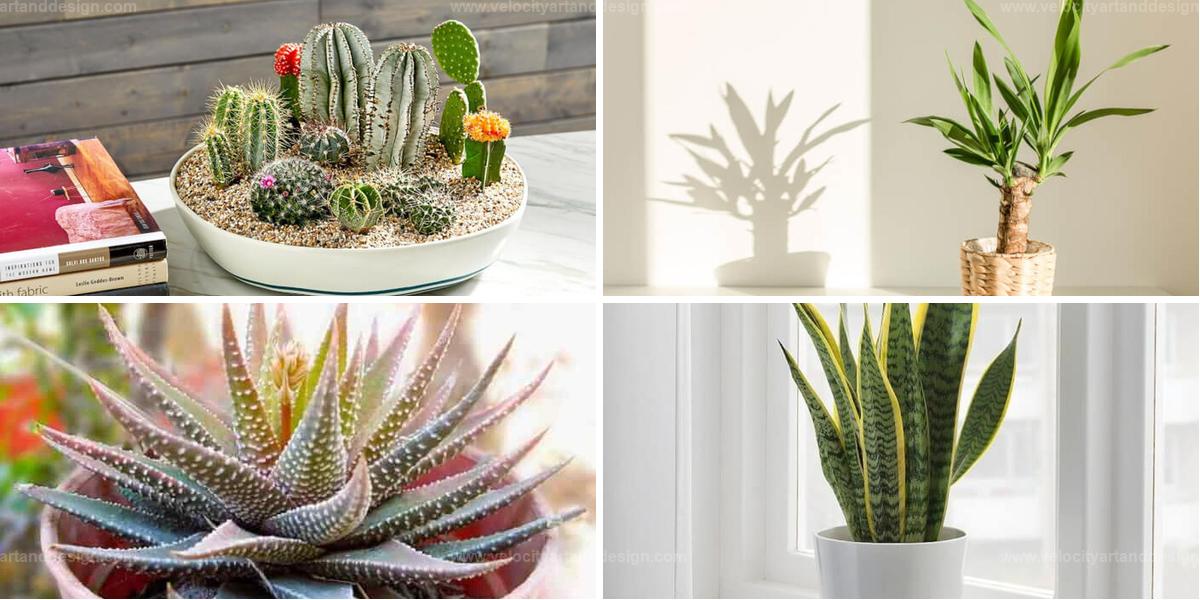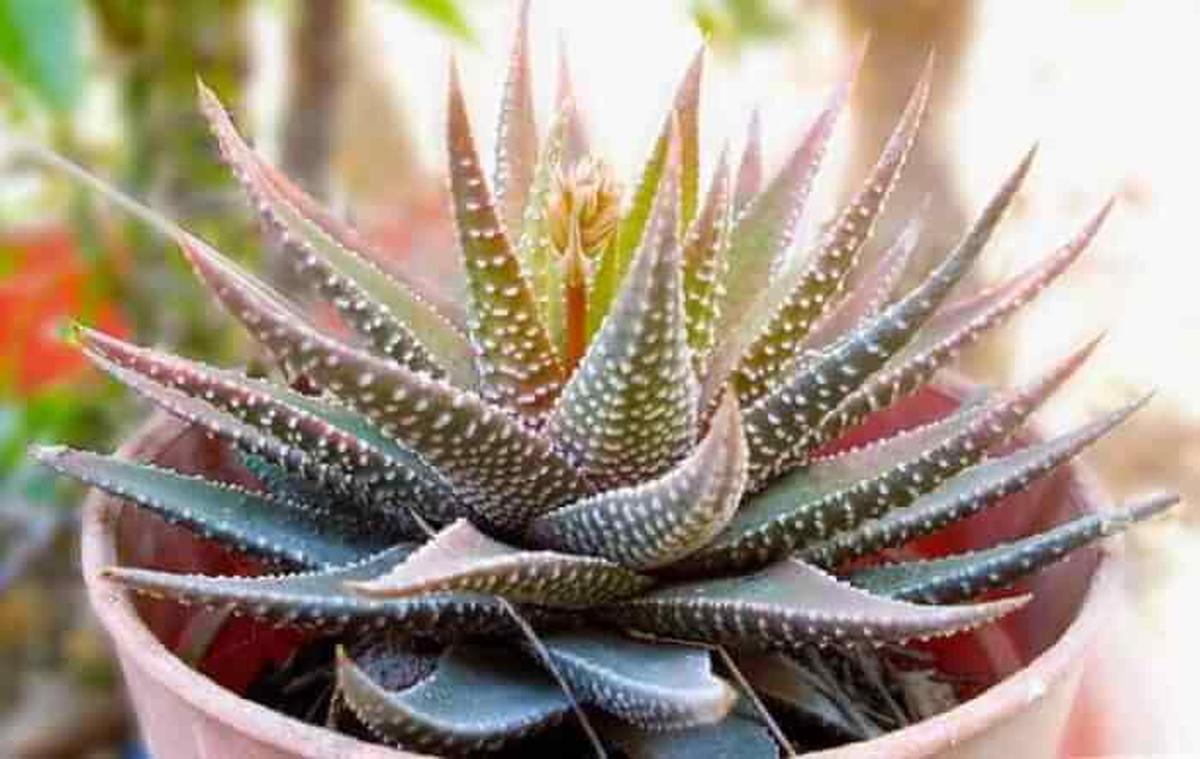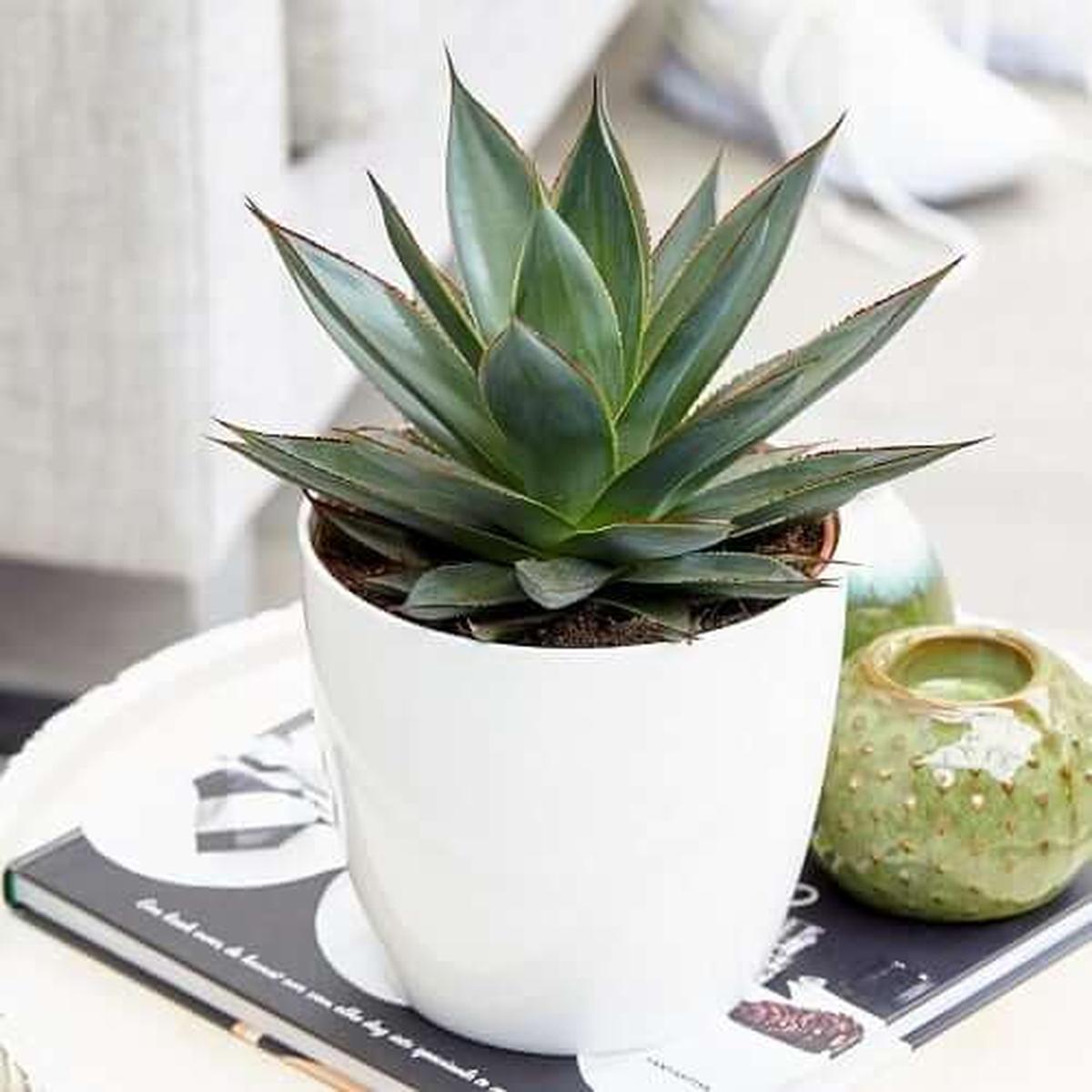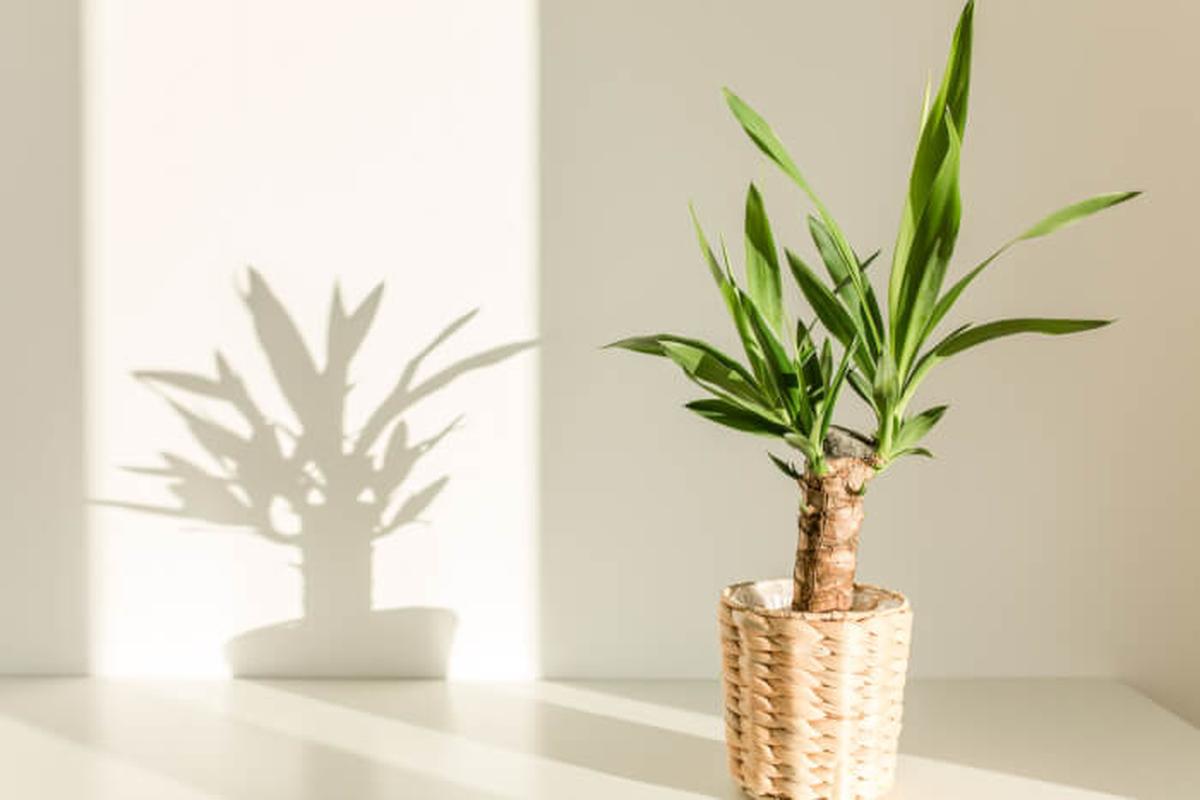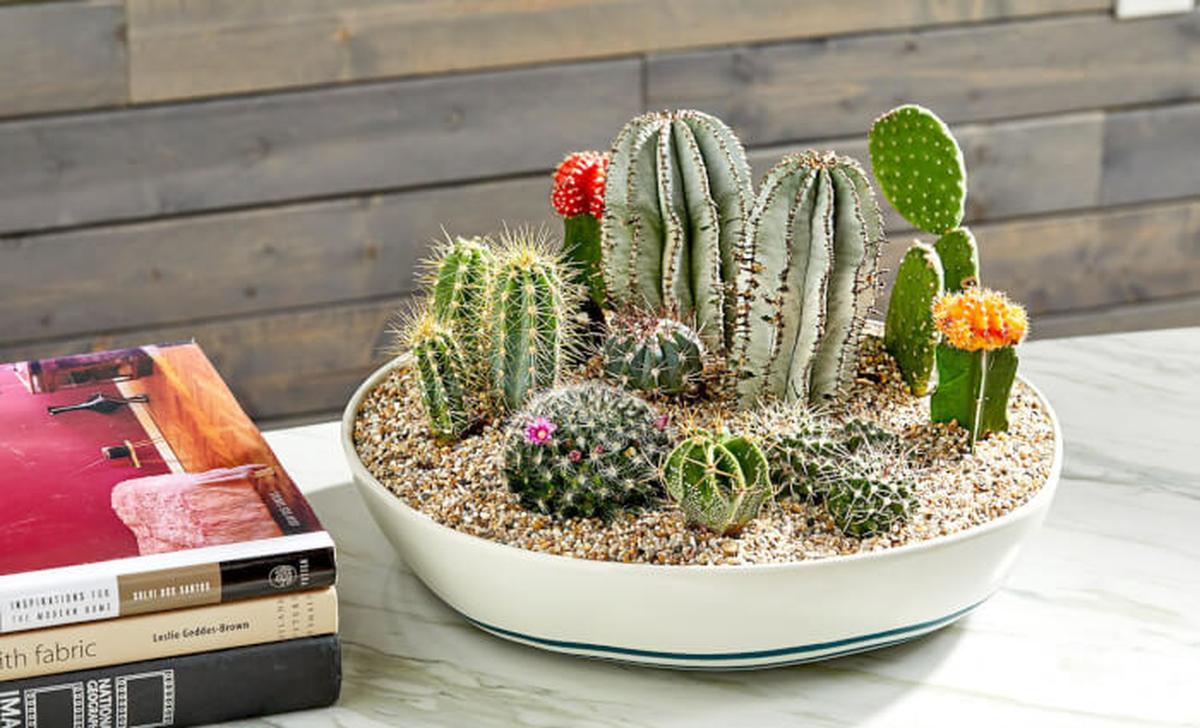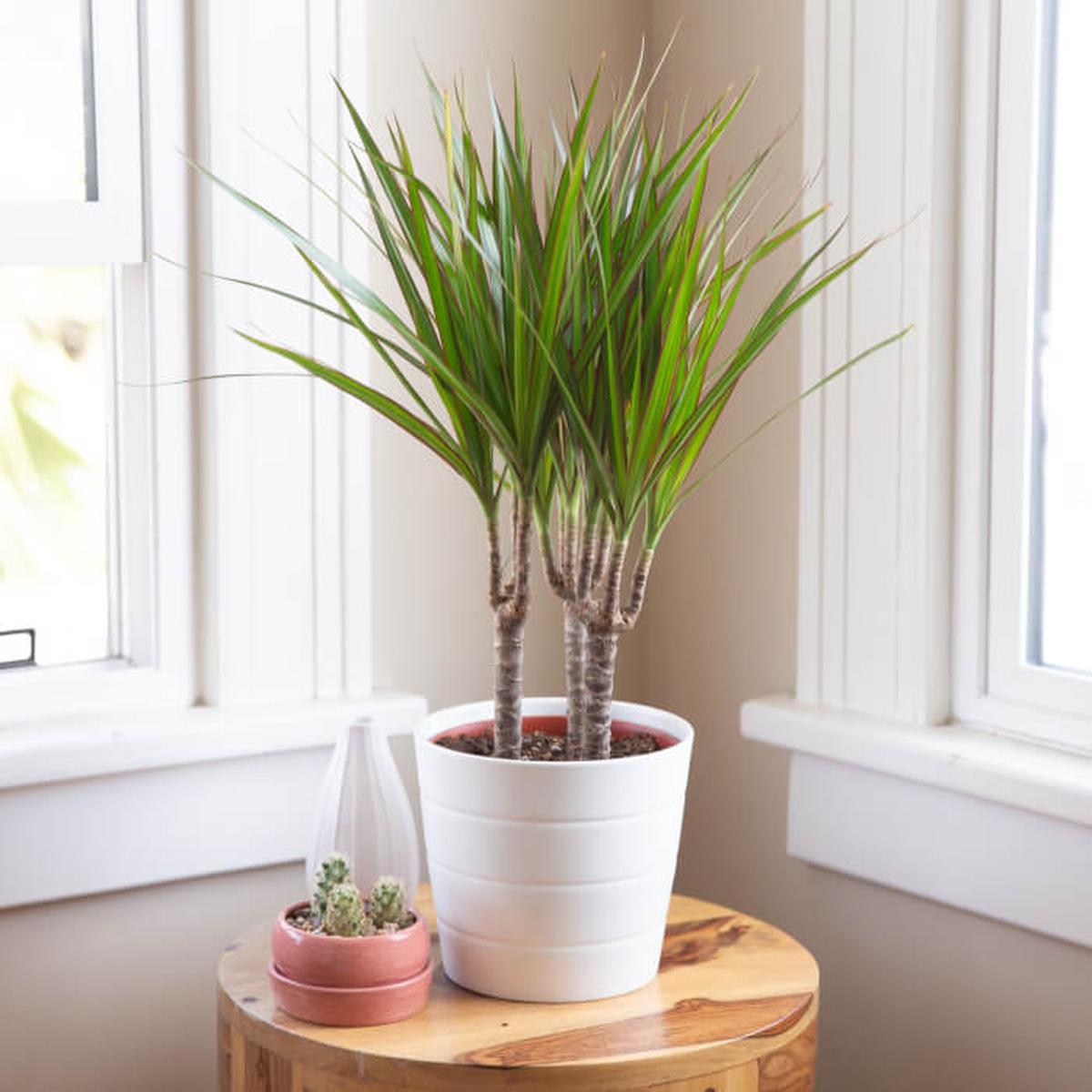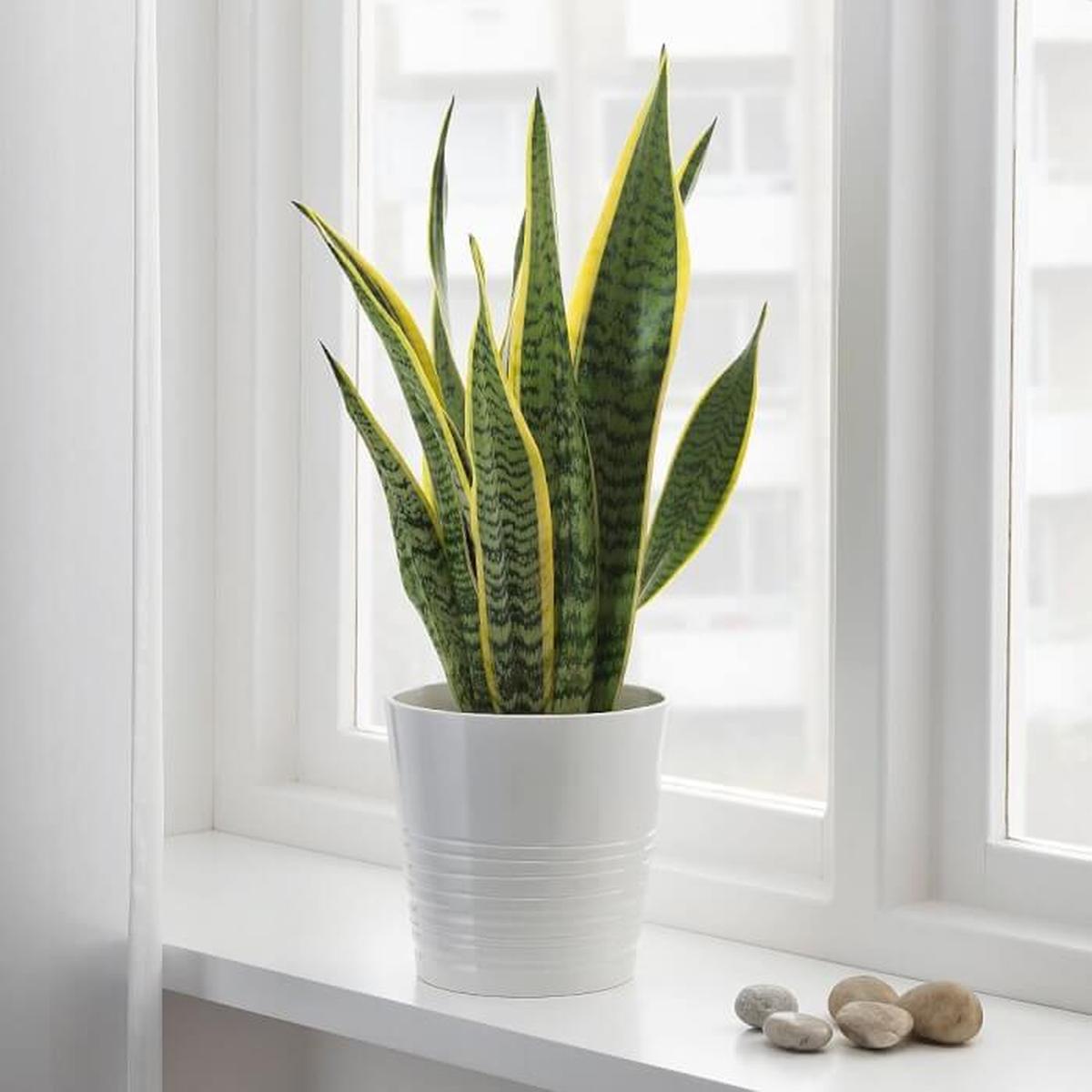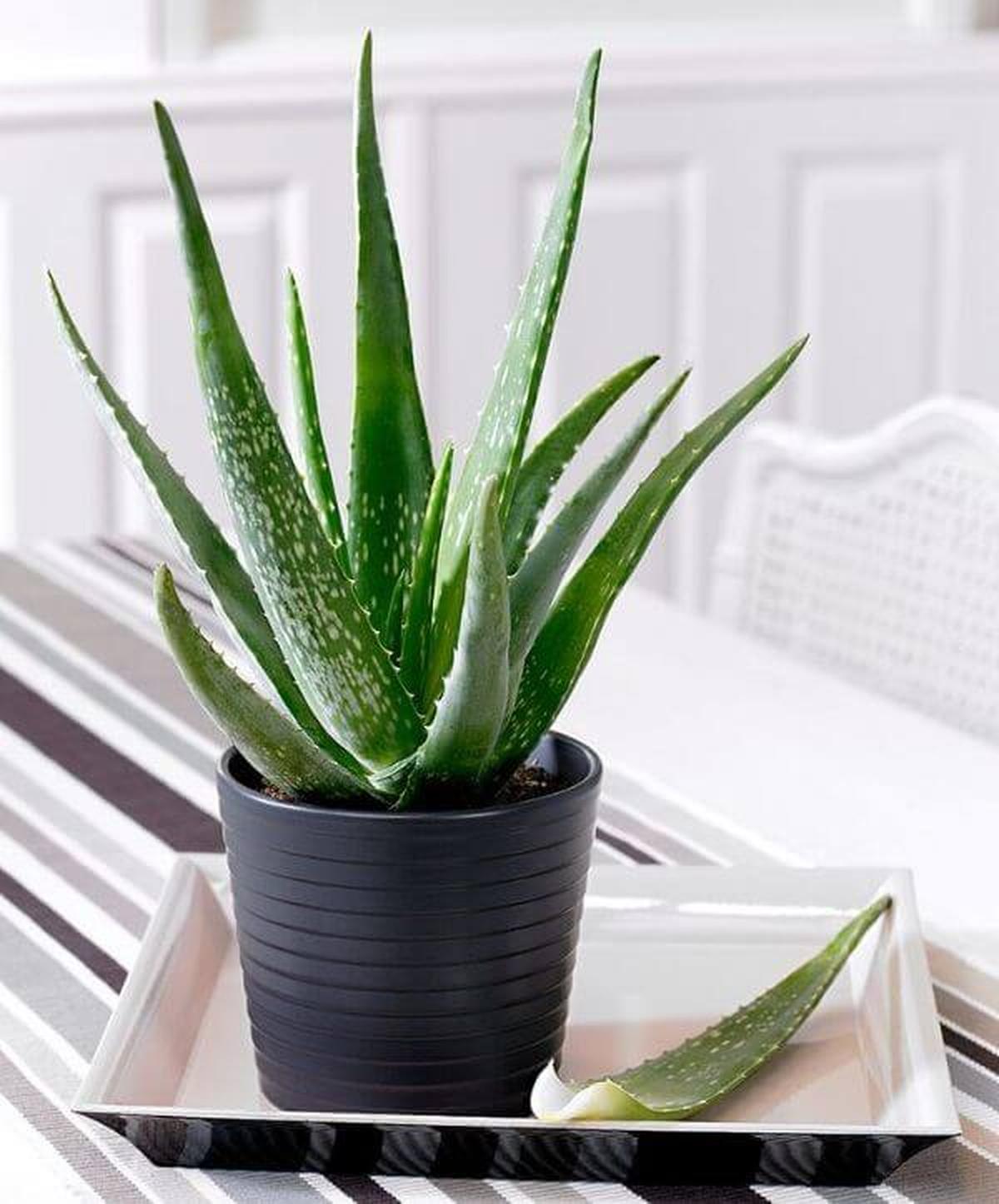7 Spiky Indoor Plants to Add Edge to Your Decor
Spiky indoor plants add bold textures and architectural interest to interiors, making them striking additions to any space. Known for their unique, pointed leaves, these plants bring an edgy, modern vibe that suits contemporary décor.
Many varieties thrive in low light and require minimal water, fitting well with busy schedules. Their dramatic forms serve as natural statement pieces, adding a sense of personality to rooms.
Spiky plants also help purify air, enhancing the home environment. Here are 7 beautiful spiky plants to elevate your indoor greenery.
Haworthia
Haworthia is a type of succulent that typically grows between 3 to 5 inches in height. Its distinctive spiky leaves create an interesting visual appeal.
Caring for this plant is straightforward; it thrives with minimal attention, requiring only watering once or twice weekly. Known for its resilience, Haworthia makes a fantastic addition to any indoor garden or desk space.
You can enjoy the unique beauty of these plants without needing extensive gardening experience.
Agave
Agave is a versatile plant that thrives in various settings, whether indoors or outdoors. Its leaves can be green or gray, featuring delicate spikes along the edges.
Once an agave matures and starts to decline, it generates offshoots at its base; these offspring serve as excellent candidates for propagation. With numerous varieties available, you have plenty of options to explore when adding this unique flora to your space.
Caring for agave not only beautifies your environment but also fosters sustainable gardening practices by allowing you to cultivate new plants from existing ones.
Yucca
Yucca thrives best in bright sunlight and requires very little water, making it an excellent choice for those seeking a low-maintenance houseplant. While this plant adds beauty to your space, caution is necessary if you have pets; its leaves can lead to vomiting in dogs or cats when ingested.
For safety reasons, positioning the yucca on a higher shelf or table ensures that curious animals are kept at bay while still enjoying its striking appearance indoors. Taking these precautions allows you to appreciate this resilient plant without worry.
With proper placement and care, yucca can enhance your home effortlessly.
Cacti
Cacti emerge as resilient houseplants, thriving in bright sunlight and arid conditions. Their low upkeep makes them an appealing choice for busy individuals.
Beyond their prickly exterior, certain varieties bloom with breathtaking flowers, such as the pincushion cactus that adds a splash of color to any space. Caring for these hardy plants can be a rewarding experience, allowing you to enjoy nature's beauty indoors without extensive effort.
With cacti in your home, you embrace both simplicity and striking aesthetics seamlessly.
Dragon Tree
The dragon tree, resembling a yucca, makes for an appealing indoor plant choice. Its spiky foliage features vibrant green leaves accented by striking red edges.
Thriving in bright indirect sunlight, this resilient species adapts well to various temperatures. If you’re just starting out with gardening, caring for this plant is straightforward and hassle-free.
You can enjoy its unique look without the stress of complicated maintenance routines.
Snake Plant
The snake plant, often referred to as mother-in-law's tongue, is a member of the succulent family known for its tall, pointed leaves. This resilient plant thrives in various lighting conditions, making it suitable for any space in your home or office.
With its striking appearance and adaptability, it can effortlessly brighten up even the dimmest corners. You’ll appreciate how low-maintenance this green companion is; just occasional watering keeps it happy.
It’s an excellent choice if you’re looking to add some greenery without much effort.
Aloe Vera
Aloe vera stands out as an exceptional houseplant, prized for its myriad benefits. The plant features long, spiky leaves filled with a soothing gel ideal for healing cuts and burns.
In addition to its medicinal properties, you can incorporate aloe vera gel into various culinary dishes. As it matures, this resilient plant generates offshoots at its base, allowing you to grow numerous new plants from the original specimen effortlessly.
Cultivating aloe vera not only enriches your space but also offers practical uses in health and cooking alike.

